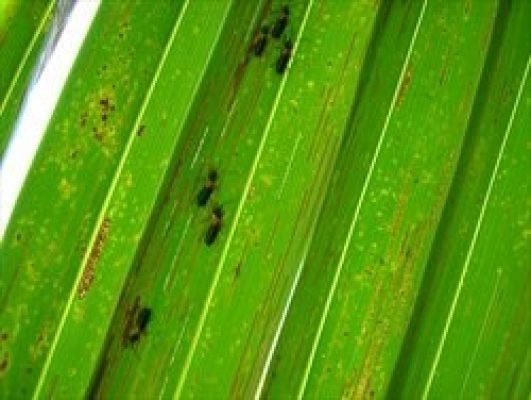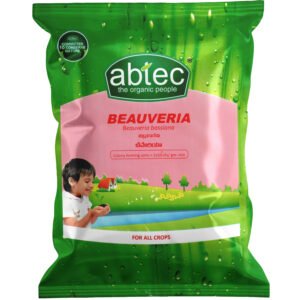Coconut Leaf miner
Damage caused by P. cumingii is of two types: adult feeding and larval feeding. Adult damage was seen to be heavier on the central, less mature leaves of the crown and larval damage on more mature lower whorls of leaves. Hold the leaflets to the light to see these grooves as fine white lines (Photo 1). The leaflets become brown, then grey, almost white, and the tips shrivel and curl under. Look for the beetles during the day, 7-9 mm long, and brightly coloured. Look for signs of the larvae in the upper part of the leaflet. The older larvae should be visible at the end of the mines, which are straight, parallel, and similar in shape, when the leaflet is held to the light.
Disease causing Species:
Promecotheca cumingii,
Major Plants under threat:
coconut
Method of Application:
Soil application, foliar spray,drip irrigation. se the spray solution as a direct spray targeting the pests on the undersides of the leaves.
Intervals:
Apply preferably in the early morning or during the late evening hours. Foliar Spray: Spray on the foliage during evening hours
Dosage:
The normal dosage is 20 g per plant.Soil Application: Mix 3 – 5 kg ABTEC Beauveria with 200 kg organic manure and apply uniformly to moist soil (1 acre). For tree crops mix 20 g with 1 kg organic manure and apply at the base.Foliar Spray: Mix 10 kg ABTEC Beauveria in 500 litres of water per hectare and spray on the foliage . Use the spray solution as a direct spray targeting the pests on the undersides of the leaves. Drip Irrigation: ABTEC Beauveria can be mixed @ 20gm /litre of water. After filtering it can be incorporated into the soil through the drip irrigation system during the pre or post planting stage.




